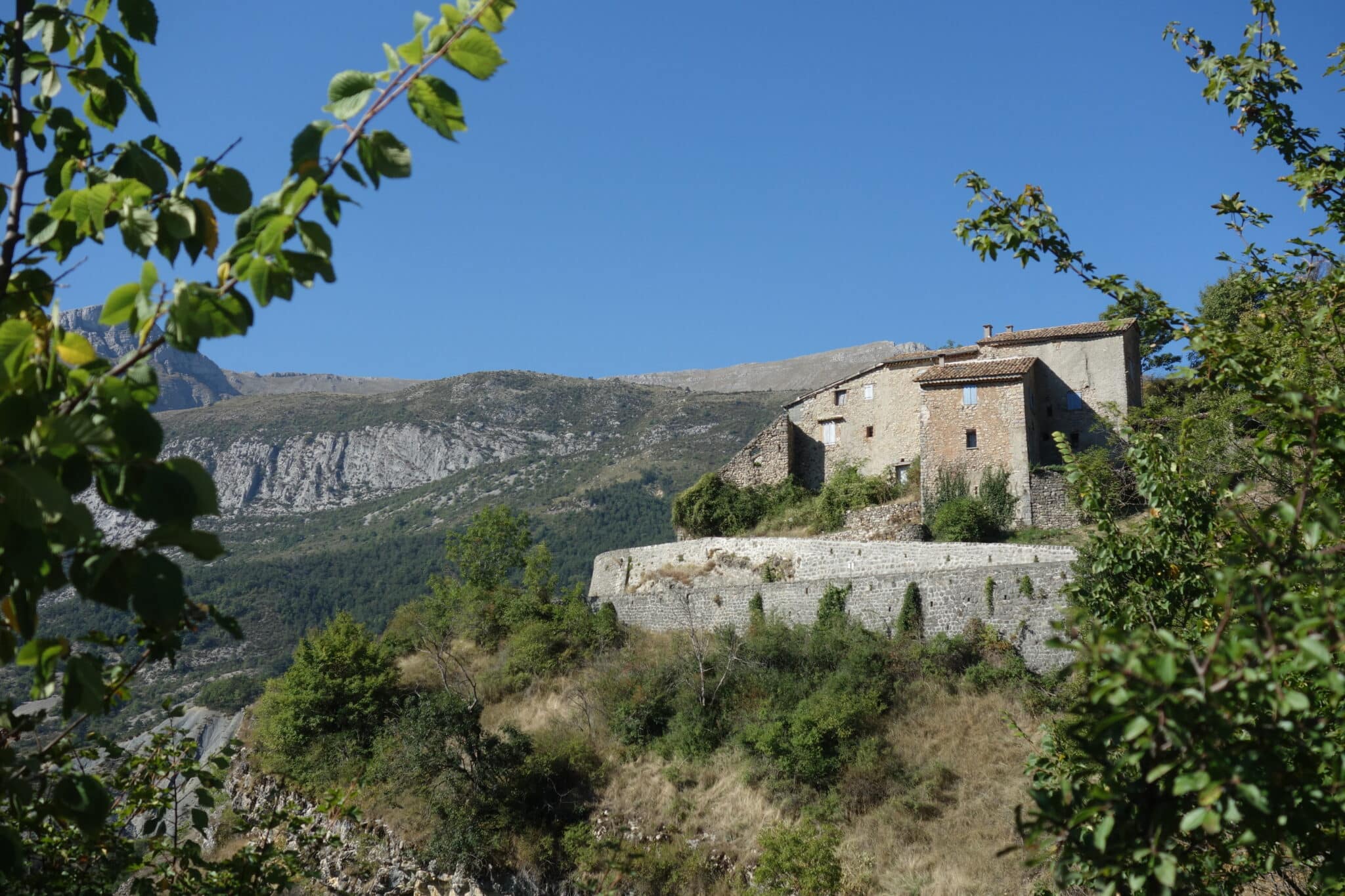The following year, in 1971, I felt the urge to return to my secret valley. This time, my companion was a friend from the suburbs, Yves. For years, we’d been exploring together the unhealthy pleasures of various consciousness-altering substances. The pretext for our escapade is a field study of the hallucinogenic plants in our flora. We’re on the trail of henbane, datura and the sleeping poppy, the plants of witchdoctors…
Henbane and datura, cousins of the potato and tomato, haunt the rubble. The former aligns its soft, saw-toothed leaves on a straight stem, covered with woolly, slightly sticky hairs. Large tubes with five rounded lobes, indented at the bottom, yellowish in color with a network of purplish veins and a dark throat, its flowers add to its eerie appearance. Botanists describe its ambiguous scent as “wormy”. I’d say: delicately nauseating. Its powerful alkaloids[1] have enabled men and women, ready to confront the forces of nature, to set out on the discovery of other worlds. In our Judeo-Christian civilization, the guardians of morality saw this as the work of the devil…

Datura, a large plant with broad leaves and huge white trumpet-shaped flowers, is of the same ilk. It’s a close relative of the limestone belladonna, whose soft black berries have been known to poison the unwary who thought they were edible. The most famous member of the magical quartet of the highly poisonous Solanaceae family is undoubtedly mandrake. The root of this mythical plant is said to take on the appearance of a humanoid, proof of its powers. Traditionally, the plant is pulled up by attaching it to a dog’s collar and pulling it out of the ground. The plant then utters a barbaric cry capable of killing any human who hears it… But mandrake is confined to the far south of Europe, so we have no chance of finding it in France.
On the other hand, sleeping poppies sometimes escape from cultivation and reappear here and there. So we open our eyes in search of a tall, glaucous plant[2]with broad, embracing foliage[3]. It shouldn’t be too difficult to identify, with its large white or pinkish flowers marked with dark purple at the base, standing at the top of its single stem. But then, I’m not much of a botanist, and I sometimes mistake nice pale-flowered poppies for poppies. With these, there’s no risk: the whole plant is totally devoid of toxicity and its young rosettes of leaves even make an excellent vegetable. On the other hand, the poppy’s nauseating latex, obtained by cutting the green capsules, contains a multitude of dangerous alkaloids, including morphine, codeine and heroin.

We intend to make our own opium with poppy juice and hallucinogenic ointments by cooking henbane or datura leaves in axonge for a long time.[4]. According to our readings, this was the procedure used by witches, who smeared this psychotropic ointment on their bodies where the skin was thinnest – temples, armpits, groin, genitals – so that the active ingredients would penetrate their bodies and, by altering their state of consciousness, enable them to “go to the Sabbath”!
In the end, our quest will prove disappointing, either because the plants are rare, or because we don’t know how to recognize them. But the discoveries that await me will be far more important.
Our aim is to return to Blieux via the schoolchildren’s path. This passes through Volonne, near Sisteron, on the banks of the Durance. This is the home of an eighty-something uncle, Marcel Adam, who is never mentioned in the family because he’s considered an eccentric. Which is a good place to start.
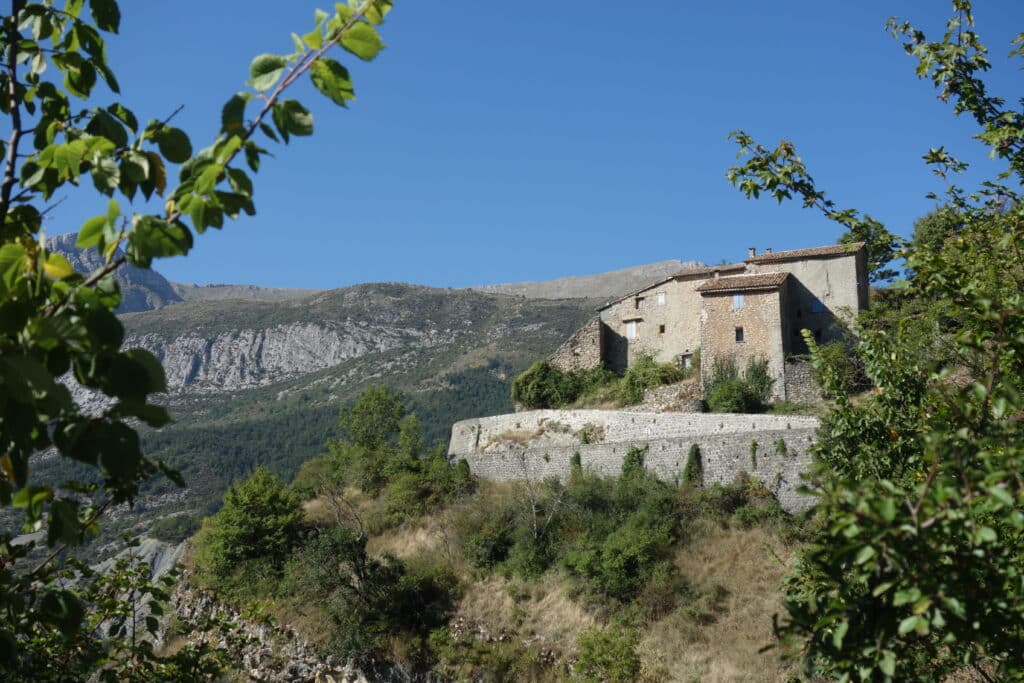
Volonne is an ancient village with narrow streets, dominated by the ruins of a watchtower where a fire was once lit to warn of Saracen advances in the Durance valley. Marcel lives in an ancient stone house set high up. I lift the bronze knocker hand and strike the three knocks that signal a family member.
A small man comes to open the door. Despite my modest height, I towered over him by half a head. He’s very slim but not skinny, his shirt revealing muscular arms. His short-haired head is topped with a beret, under which two large ears protrude. The welcoming smile on his face only blurs the effect of his penetrating, almost hard stare. It’s the look of a man who knows how to judge, and who doesn’t let himself be fooled!
Marcel leads us into the kitchen, a cramped room that doubles as a dining room. On the first floor, the sun never shines, and on this July day, we had to light a fire in the stove to chase away the cold and damp. His wife, Marie-Hélène, sits embroidering, her legs wrapped in a blanket. Hemiplegic, she can’t get up as we approach. I make the introductions and Marcel attacks:
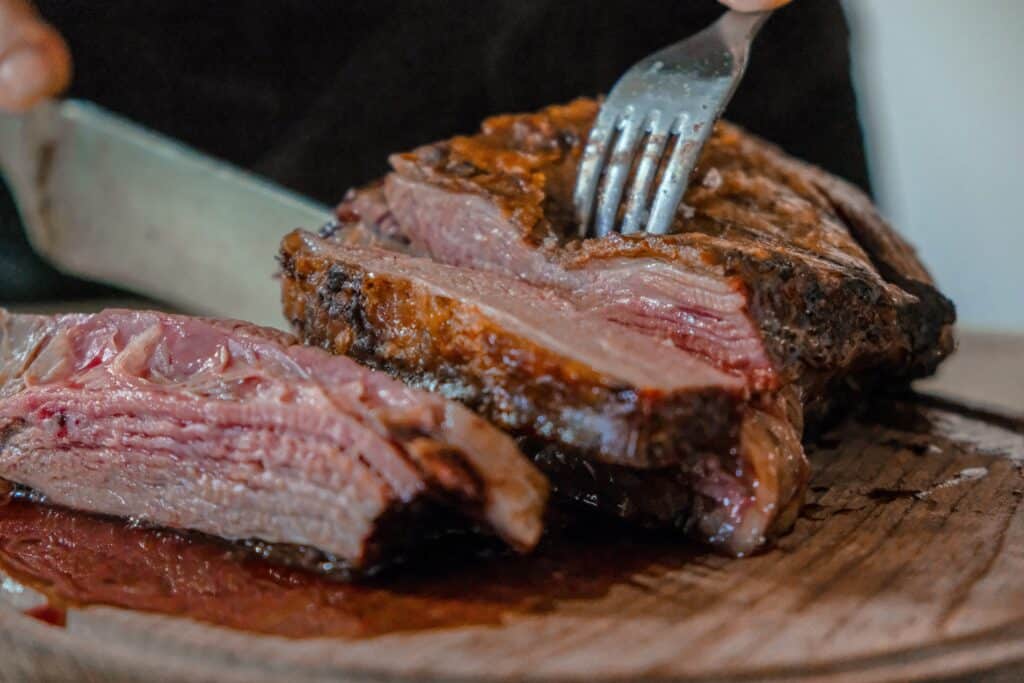
– “I’ve prepared food for you, but there’s no meat on the menu. You know, I’m not a corpse eater. Meat is extremely bad for your health. It’s full of toxins that harm the body. I haven’t eaten meat for forty years, and look how healthy I am!
I’m beginning to understand why Marcel was ostracized from the family! At home, meat has always been immoderate. A meatless meal is only conceivable on Fridays, when, as a penance, fish takes its place. We usually eat fish twice a day. At lunchtime, it’s customary to start with a plate of cold meats and continue with a steak, entrecote or ragout. Vegetables, cheeses and fruit are just complements: how many times have I heard my mother say to me:
– “Leave your vegetables if you want, but at least finish your meat!”
Breakfast usually consists of one or two croque-monsieur sandwiches, replaced on exam days by a good rare steak, a source of strength and a guarantee of success… That’s because my grandfather is a doctor and obviously knows what’s good for your health!
This is far from Marcel’s opinion:
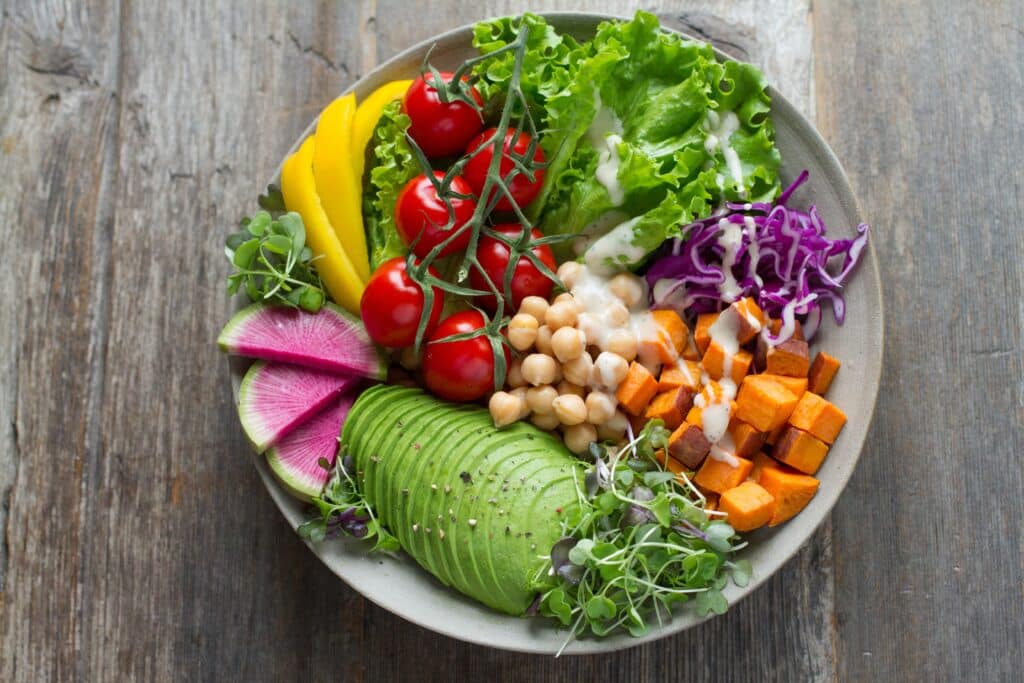
– Medicine is killing the world. Look at all these poor people: sixty years old, pumped full of drugs, they never stop complaining about their problems, their backs, their stomachs, their hearts, their whole body that makes them suffer like martyrs. They are plagued by arthritis and rheumatism, becoming incontinent… The more we treat them, the more they deteriorate. All the chemicals we pump into them have serious side effects. I’m twenty years older than them, yet they’re the ones who are old. Personally, I believe that good nutrition is the best guarantee of good health.
A vegetarian diet, exercise, herbal remedies and healthy thinking: that’s Marcel’s credo. I listen to him with my mouth agape. I’ve never heard anyone talk like this.
After dinner, my uncle helps his wife up the narrow spiral staircase to the bedroom. Then he comes back down and tells us about himself.
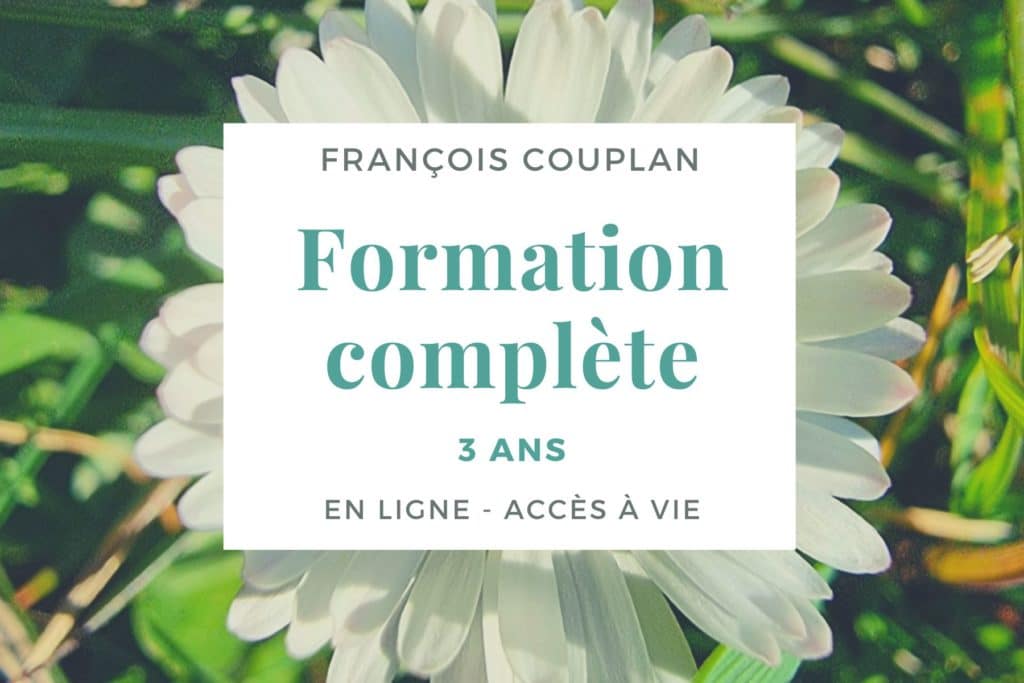
Discover our online course designed by François Couplan, an internationally recognized expert in ethnobotany with over 50 years’ experience. With 30 modules, 120 courses and high-quality theoretical instruction complemented by field courses, this unique three-year training program will enable you to become a professional in the uses of plants. Accessible to all, it explores in depth the relationship between man and plants, opening up exciting professional opportunities. Join us to deepen your knowledge, explore the plant world and develop a rewarding relationship with nature.
Marcel is from Lorraine, in the Vosges. During the last war, he rallied to Pétain, under whose orders he had served during the previous conflict. This earned him two bullets in the hide at the Liberation, two years in prison and the confiscation of all his possessions. At sixty, he found himself alone and with nothing. Someone else might have given up. Marcel, on the other hand, attended the Rambouillet shepherds’ school and set off to look after a flock of sheep in the endless solitudes of the Alpes de Haute Provence. Then he moved down to the valley, got a job as a village warden and got married thanks to the classified ads in the Chasseur Français. Now he lives on his modest pension.
Almost forty years ago, Marcel met Dr. Paul Carton, author of numerous books on vegetarianism, natural health and a spiritual vision of life. Thanks to his meat-free diet, Carton cured him of a serious lung problem that official medicine had declared itself powerless to resolve. Marcel was convinced and radically transformed his lifestyle. Since then, he’s had nothing but praise for himself. However, he’s keen to keep an open mind, and once a year he organizes a party to which he invites his non-vegetarian friends, and for which he makes his own local speciality, a succulent pâté from Lorraine, stuffed with pork and veal…
[1] Atropine, hyoscyamine and scopolamine.
[2] Bluish-green.
[3] Stalkless leaves surrounding the stem at the base.
[4] Rendered sheep fat used in pharmacy.

